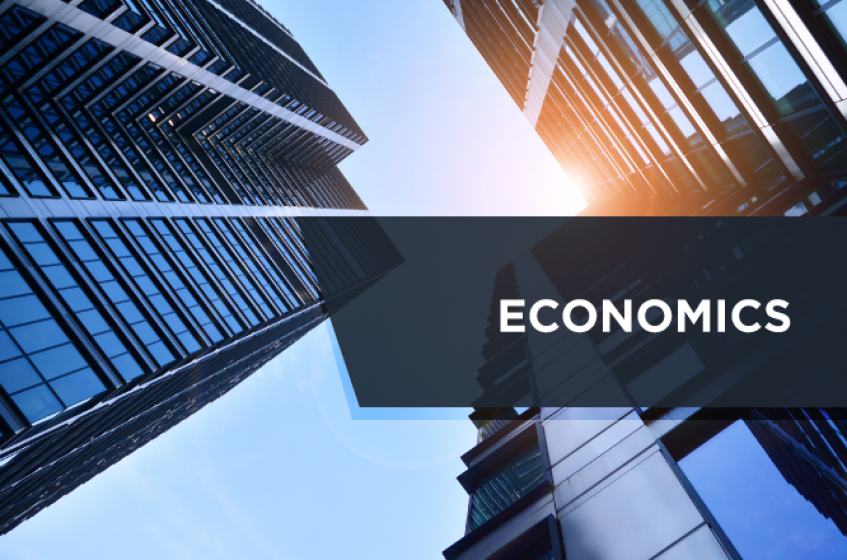Changes in Employment and Wages in the United States, 1980–2019: Skills, Occupations, and Technology
Dr. Sang Yoon (Tim) Lee
Reader in Economics School of Economics and Finance
Queen Mary University of London
We construct a multi-layer model of skills, occupations, and sectors. Technological progress among middle-skill occupations raises the employment shares and relative wages of lower- and higher-skill occupations, and those of managers over workers. At the same time, complementarity between workers’ skills and occupations (“skilling up”) leads to higher wages for higher-skill workers and managers. Polarization is faster within sectors that rely more on middle-skill workers, endogenously boosting their TFP. This shrinks their employment and output shares (structural change) if sector outputs are complementary. We empirically validate our theoretical predictions, and show that task-specific technological progress—which was faster for routine-manual tasks and slower for interpersonal tasks—played a major role in transforming employment, while skilling up was a driving force of rising wage inequality, in the U.S economy since 1980. We also conduct counterfactuals to compute the limits to reviving U.S. manufacturing, and project the future path of the economy if work-from-home and artificial intelligence (AI) take on more prominent roles.


















